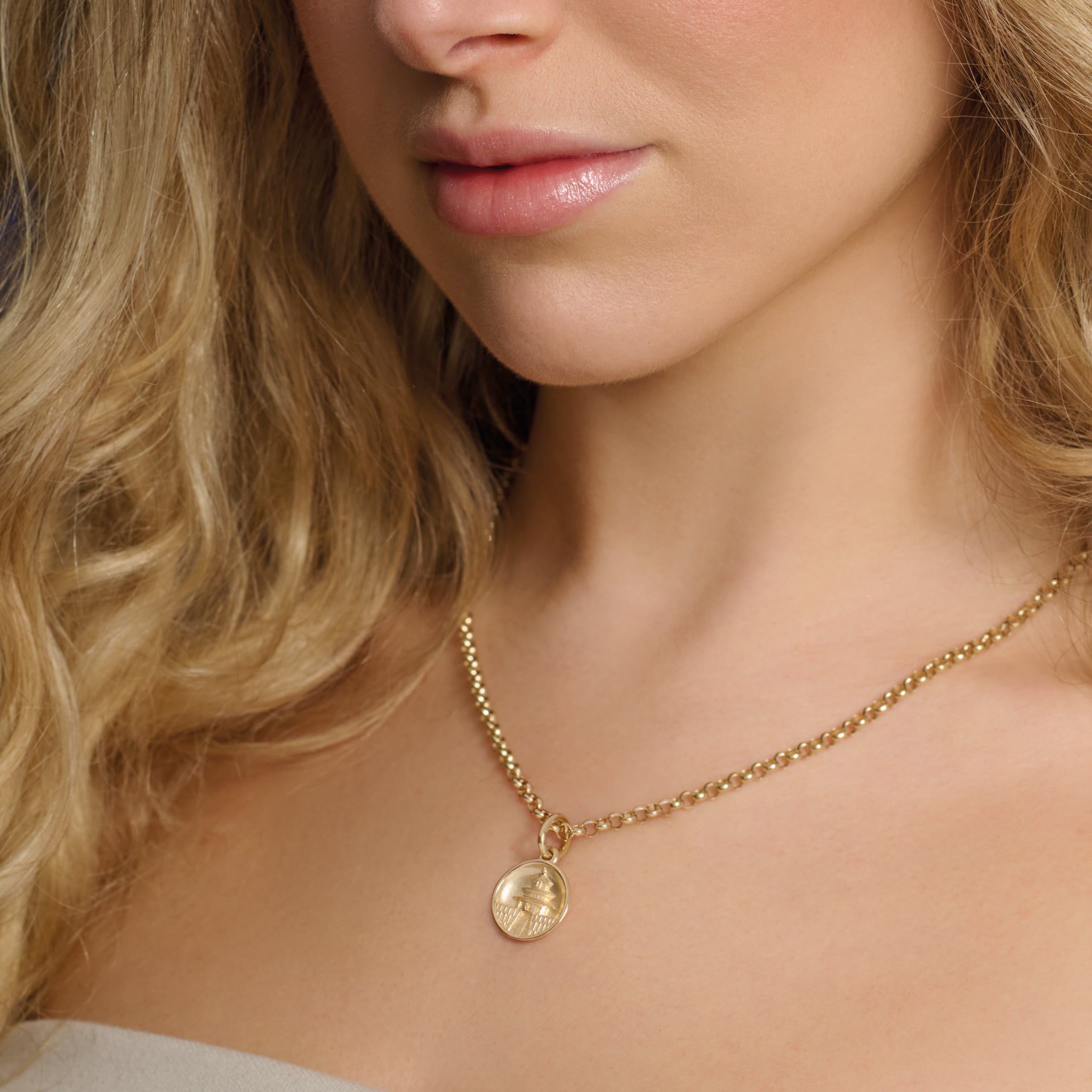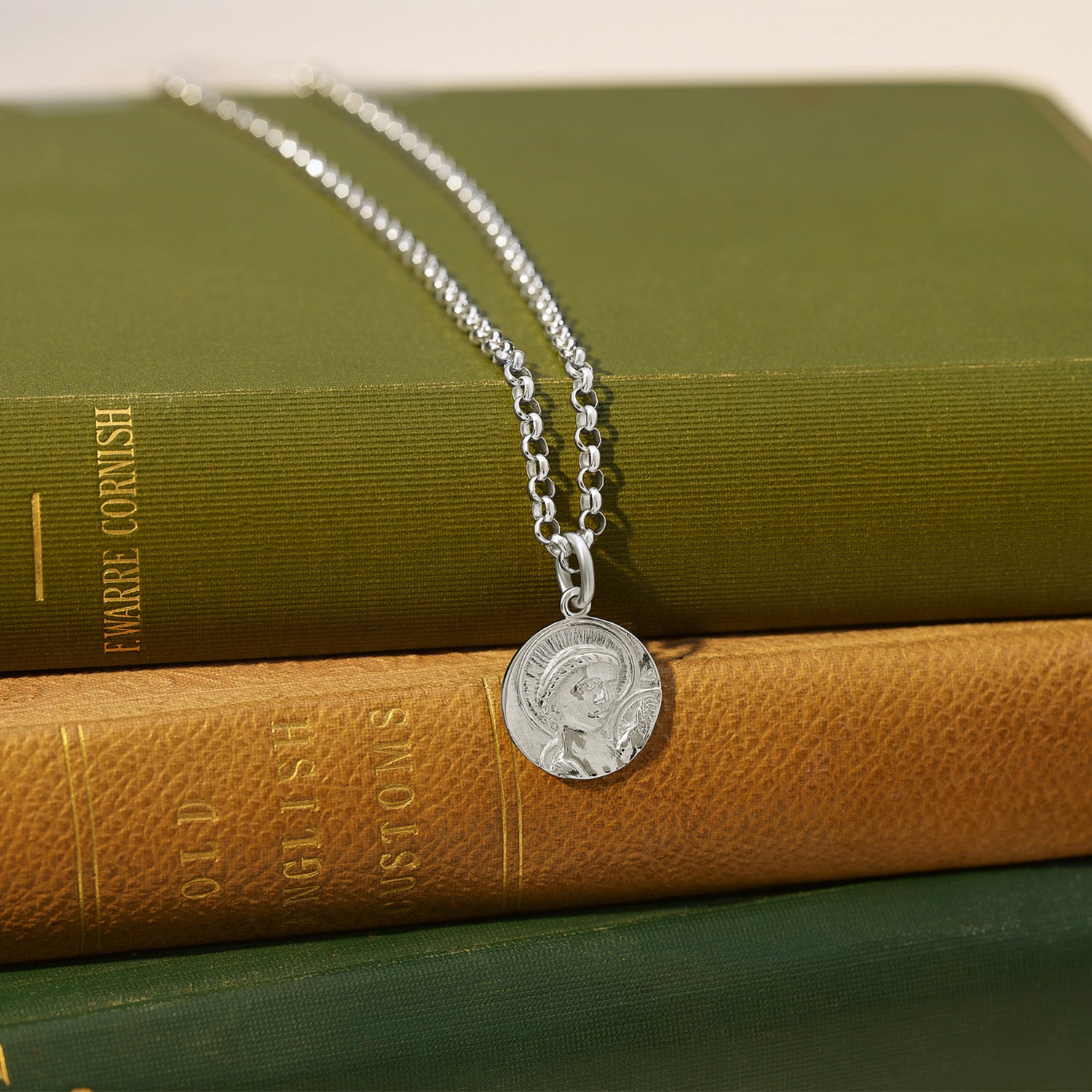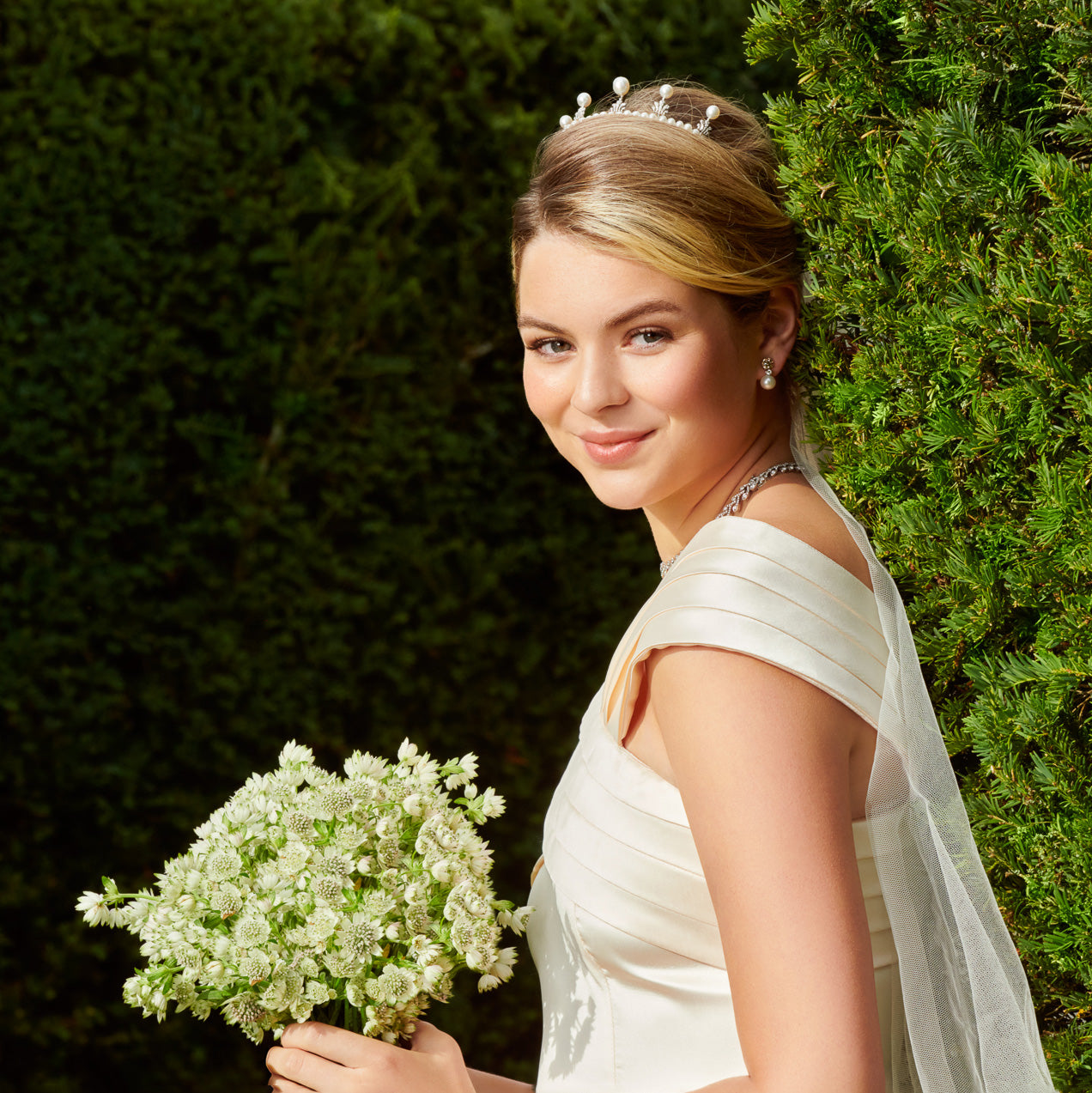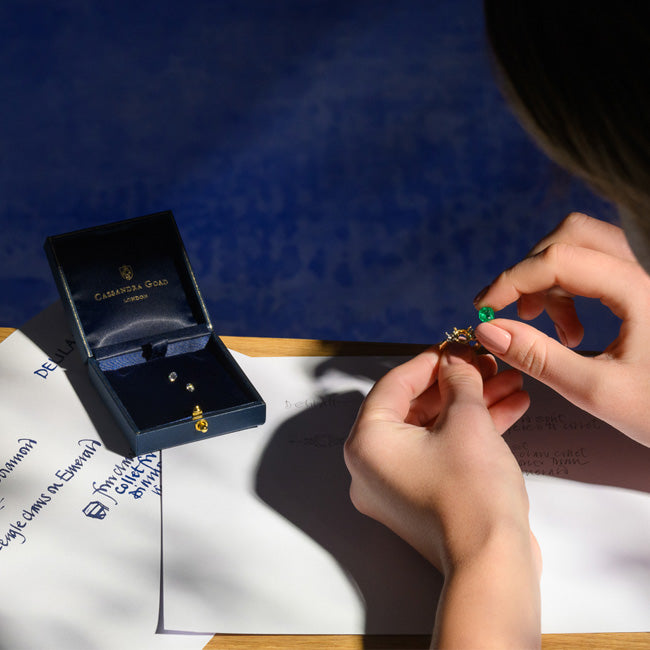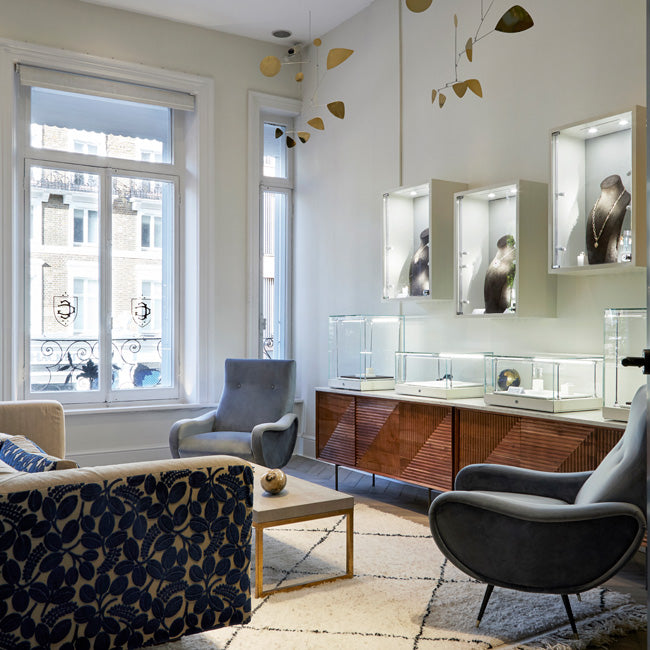Journal
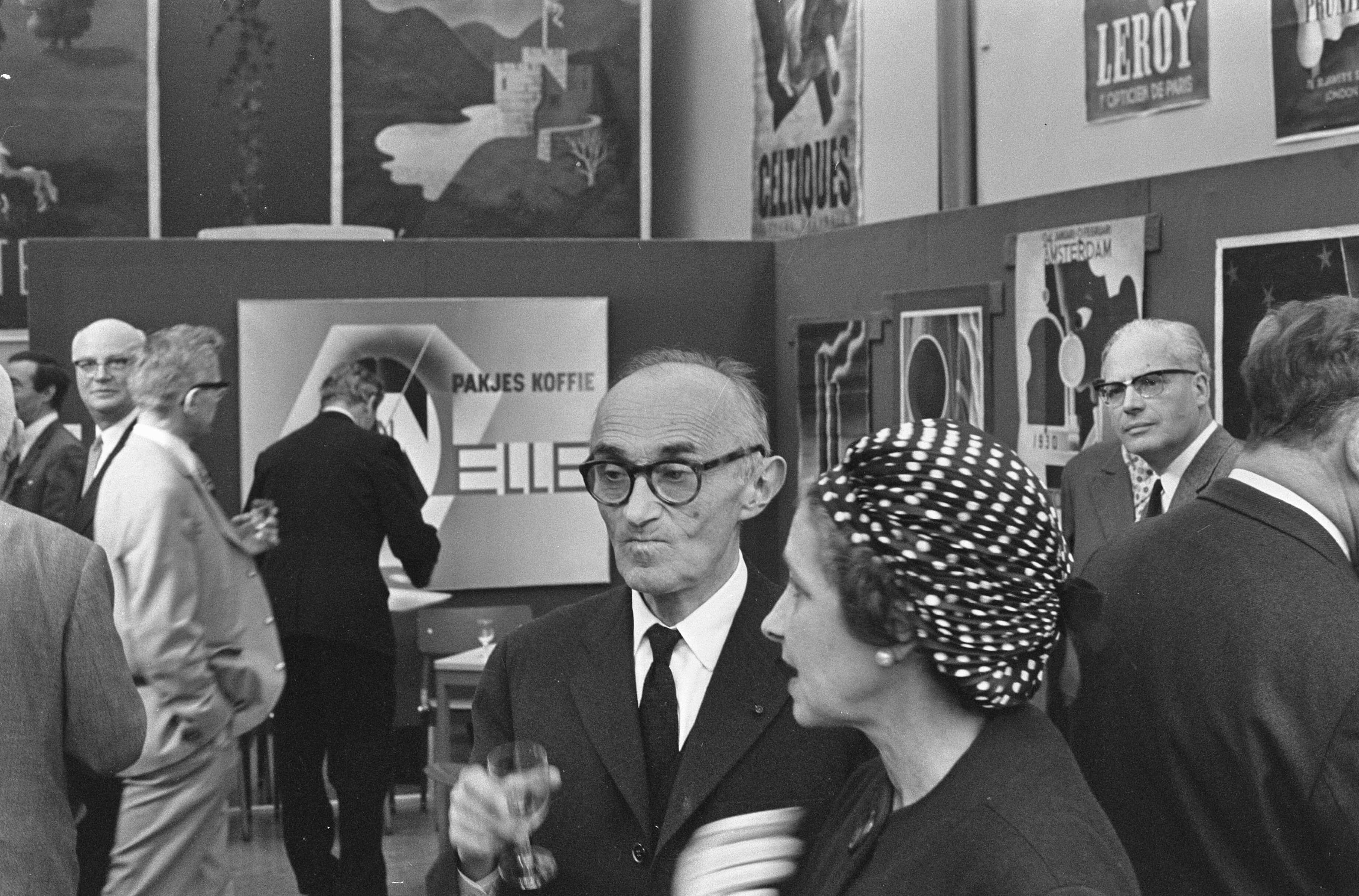
Y Spend Less? On the Designer Behind the YSL Logo
The iconic interlocked letters of the Yves Saint Laurent logo are among the most recognisable emblems in fashion history. What many may not realise is that the logo was created not by a 20th-centur...
Read more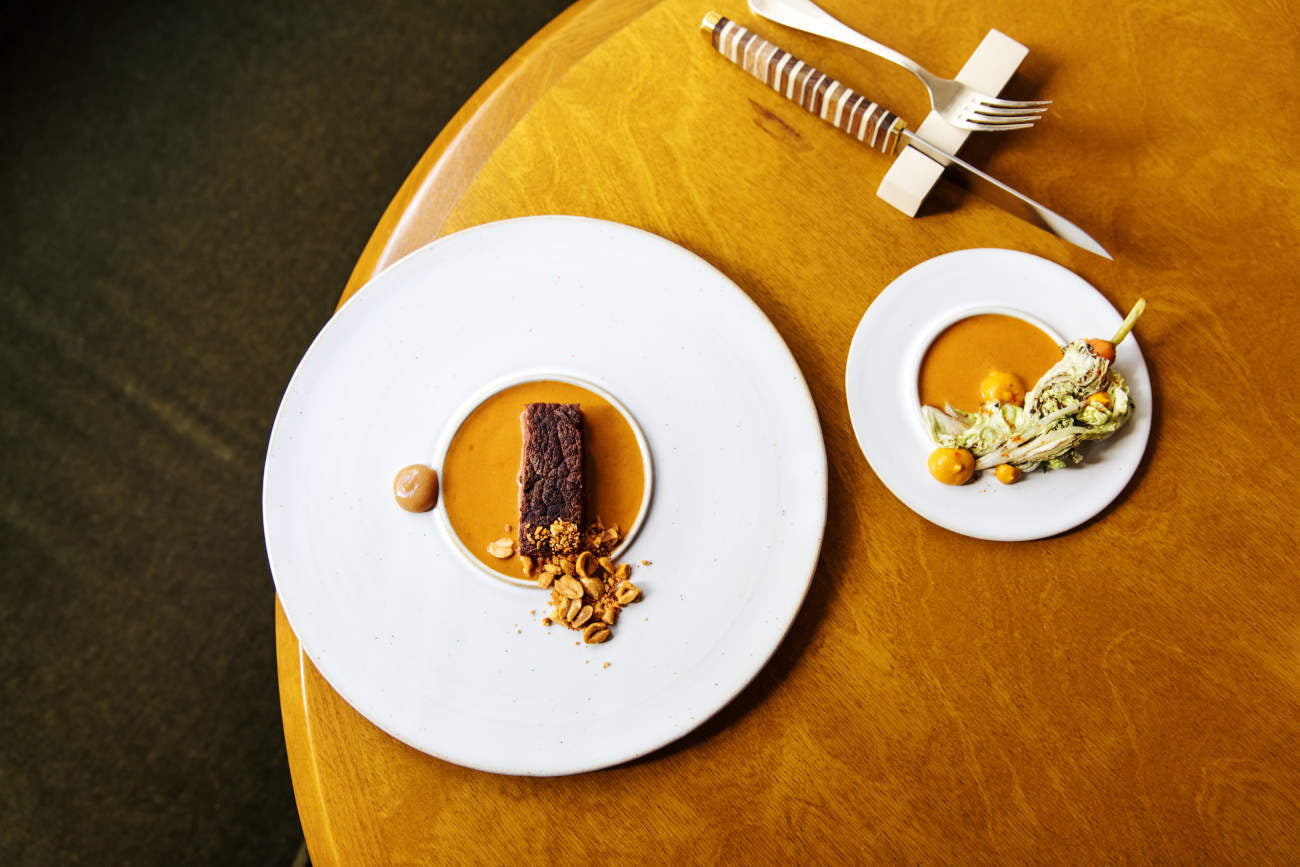
MoSuke: A Franco-African-Japanese Gastronomic Experience
Discover more about the restaurant, MoSuke, which earned France's first Michelin star serving west and central African cuisine.
Read more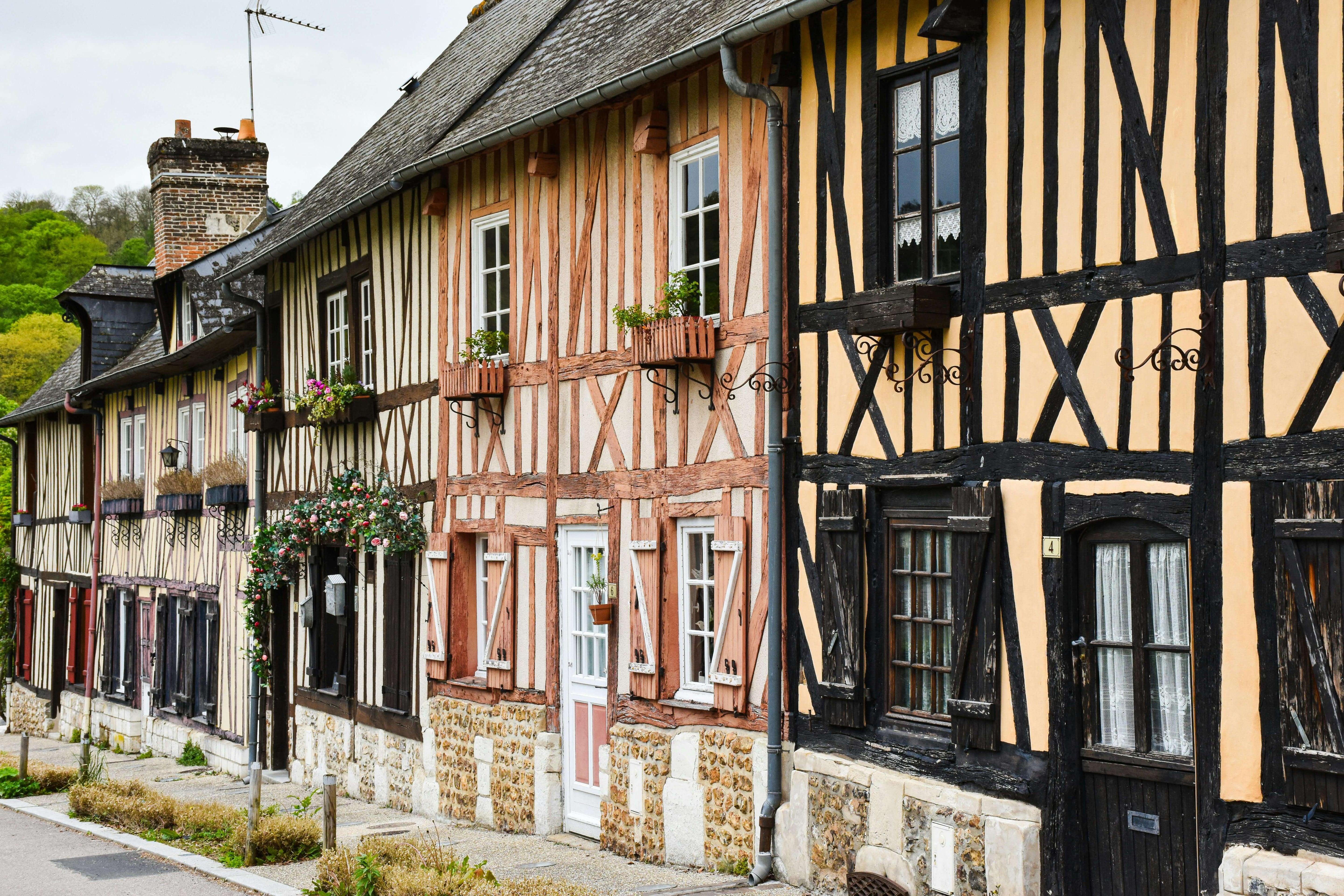
Exploring the Colombage Architecture of Normandy
Discover the charm of Normandy's iconic Colombage houses with Cassandra. Explore the history and culture of this enchanting region through her unique perspective.
Read more
Young & Vibrant Paris: Cassandra's guide to restaurants and cafés
Mixing the traditional with the new, discover Cassandra's guide to exciting places, restaurants, and cafés to visit in Paris.
Read more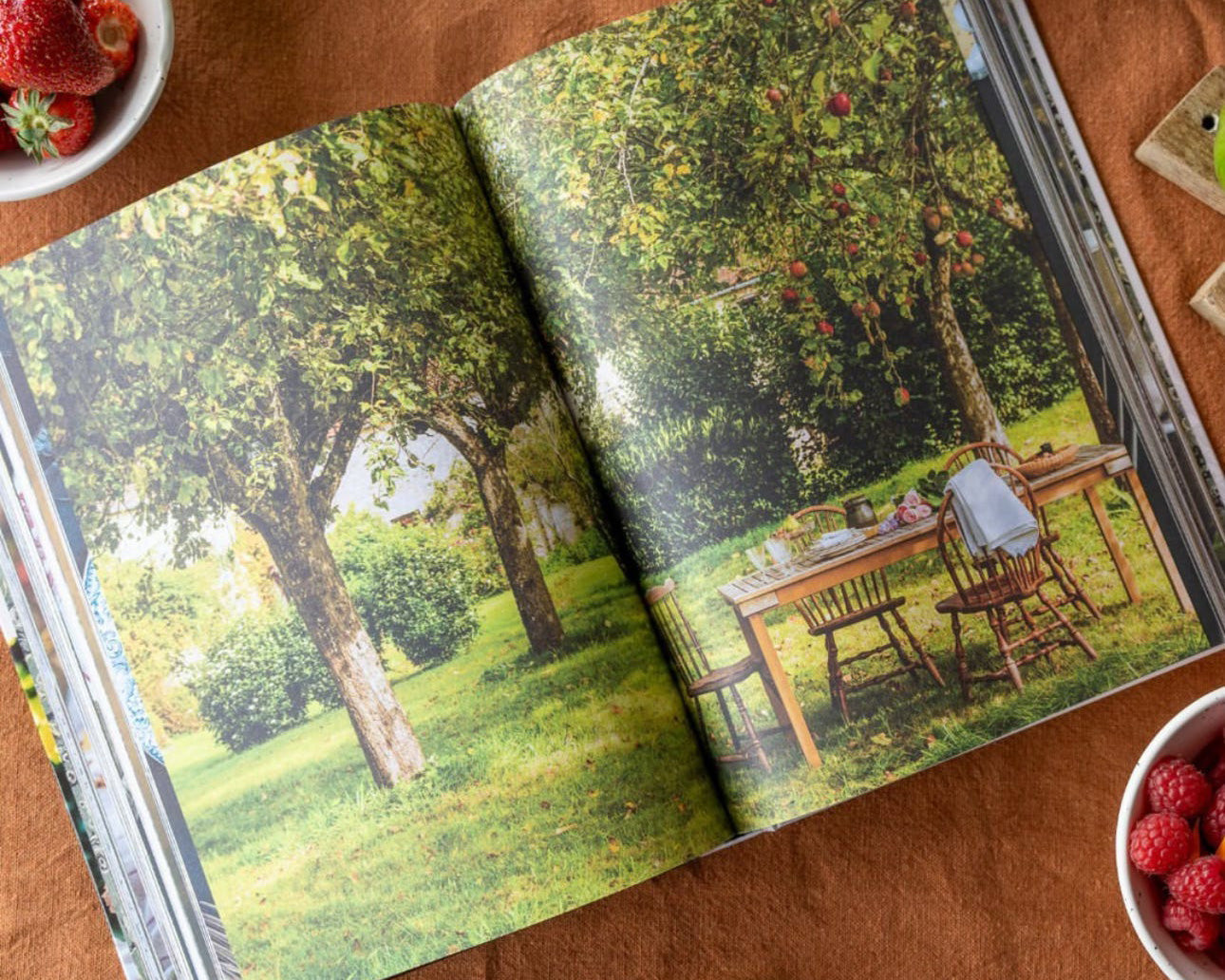
Trish Deseine: Un déjeuner à la campagne
Trish Deseine, an Irish cook, published a new cookbook with the well-established French publishing house, Hachette. This cookbook is more than just simple recipes, but the French way of life: an ef...
Read more
Spring in England offers a wealth of seasonal fruits and vegetables, perfect for delighting salads, bakes, and soups. Discover more about seasonal eating.
Read more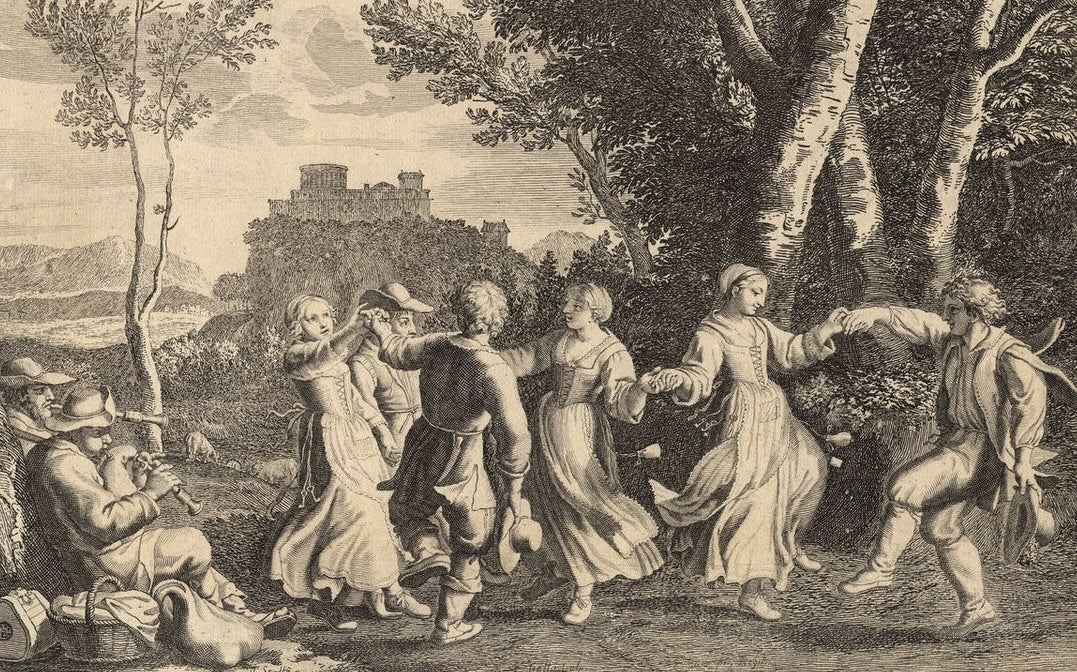
History & Cultural Significances of Branle
Discover the history and cultural significances of Branle, a traditional French dance dating back to the Renaissance period of the 16th century.
Read more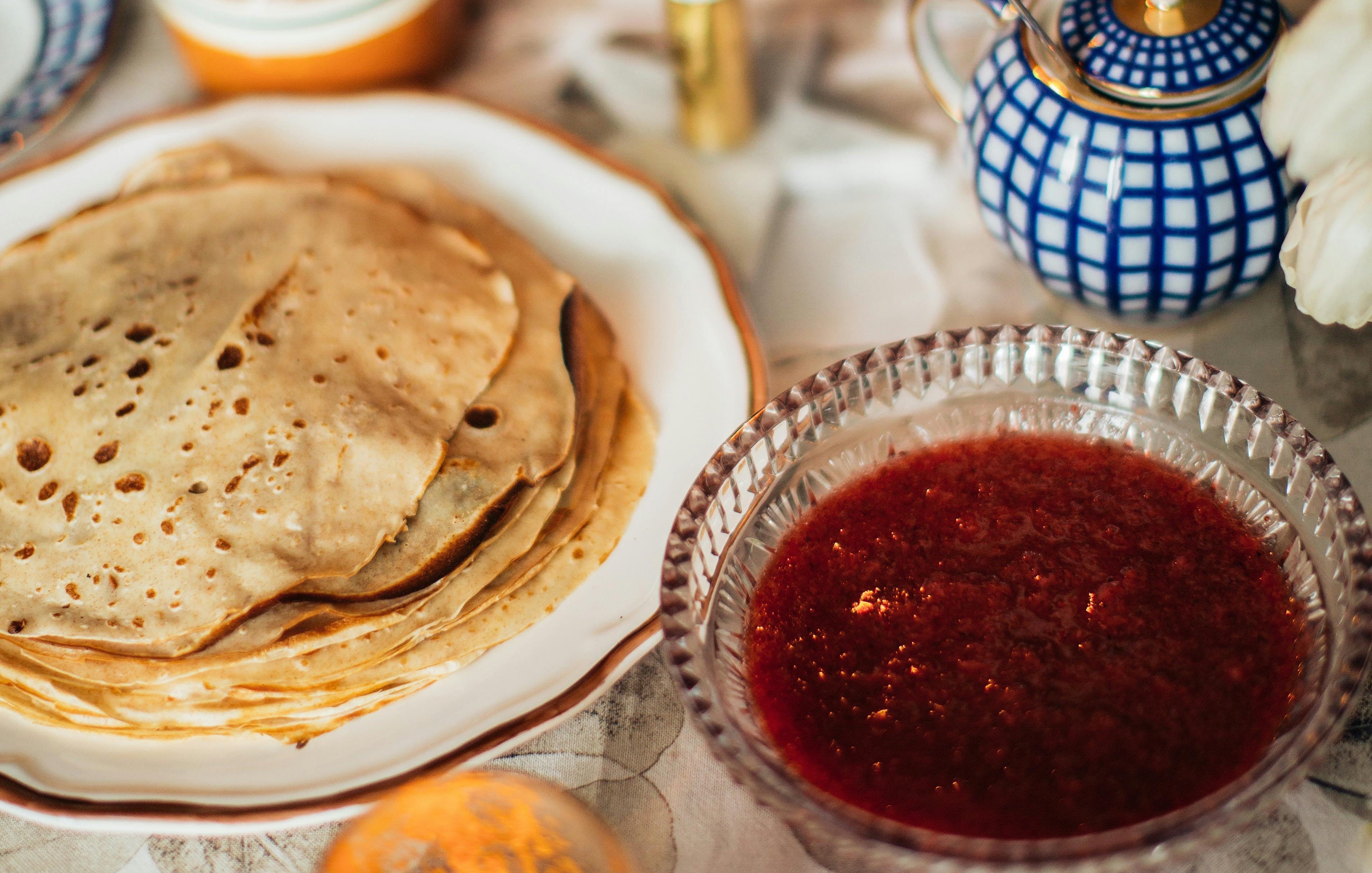
Breton Crêpes for Shrove Tuesday
Discover the meanings behind Shrove Tuesday, or Mardi Gras in France, and her favourite recipe for the perfect crêpe.
Read more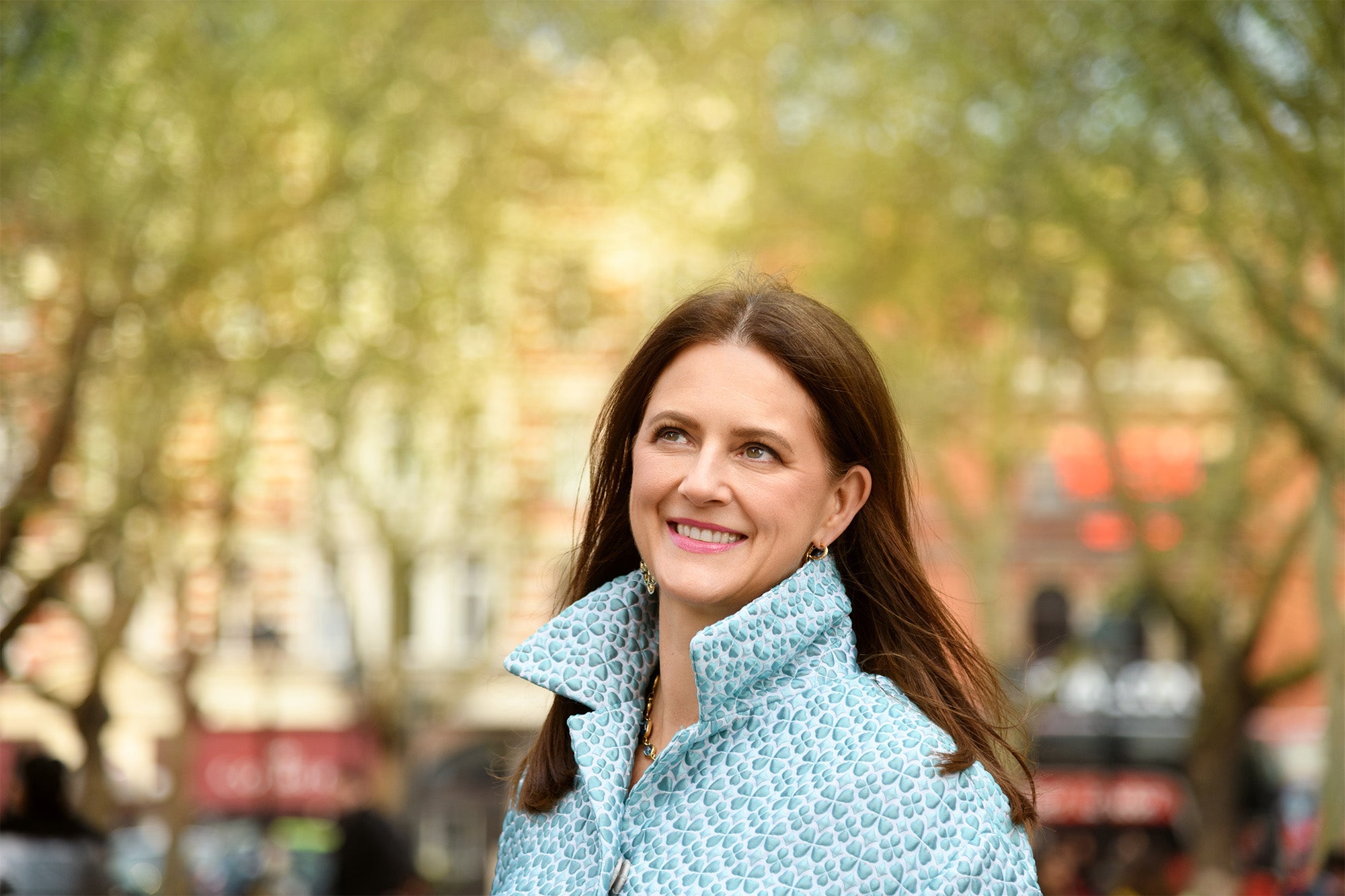
Cassandra's Guide to Spring in London
Discover Cassandra's curated guide for what to see, where to eat and what to do in London this spring.
Read more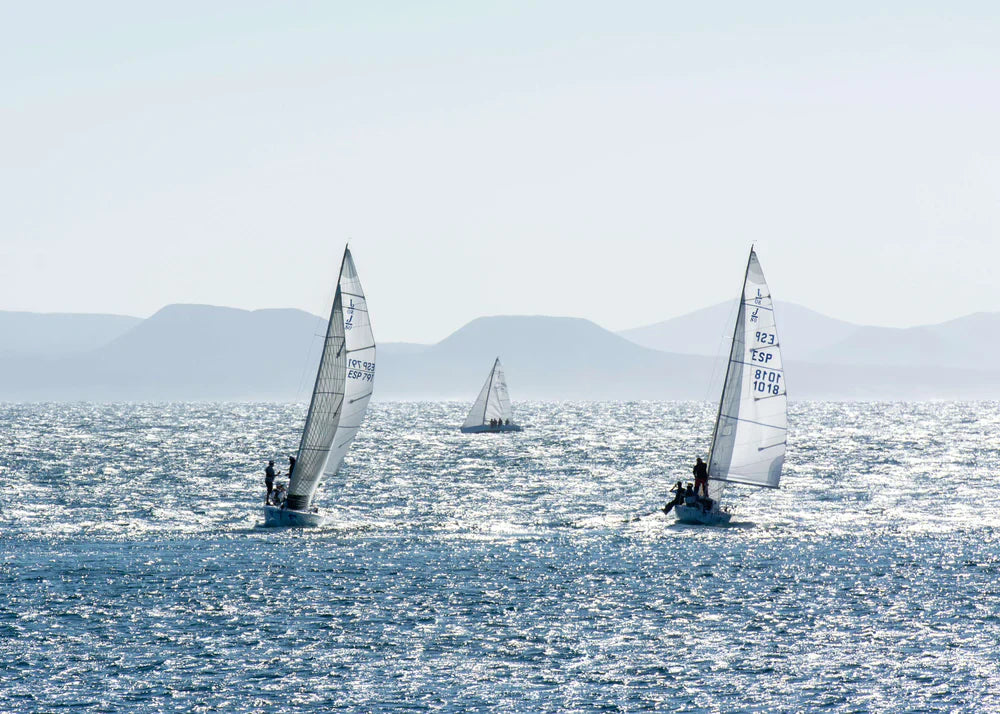
Alone at Sea: A thrilling solitary sailing race, the Vendée Globe
Discover more about the solitary sailing race that is at the heart of French culture and challenges the most extreme solo sailors.
Read more